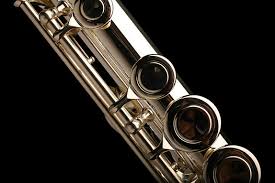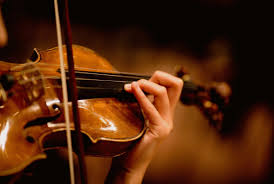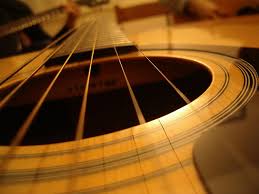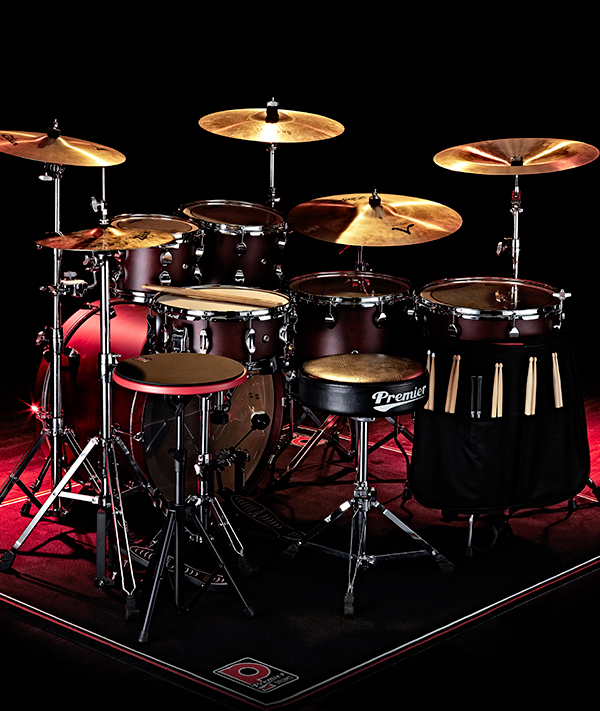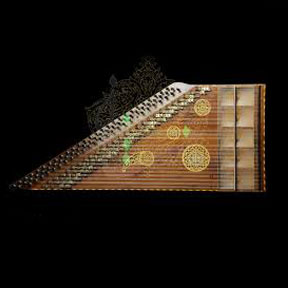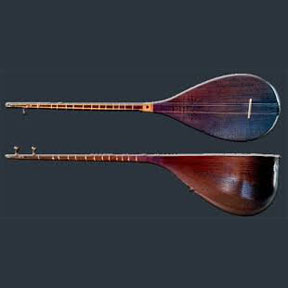The flute is a woodwind instrument without a reed, distinguished from other instruments in this category by the way its sound is produced. Instead of vibrating reeds, the flute’s sound comes from the oscillation of air blown across the edge of the mouthpiece (or air blade). This makes it unique among woodwinds.
Historically, flutes are one of the oldest wind instruments, with some archaeological findings dating back 50,000 years. Originally made from wood, which is why it was once categorized as a woodwind instrument, modern flutes are often crafted from metals like silver or gold. However, its classification as a woodwind is not based on the material used but rather on how the sound is produced.
In various European languages, the term “flute” is used generically for similar instruments, including those found in non-Western cultures, such as the Eastern “Ney,” which is also considered a type of flute.
Characteristics:
While it is a woodwind instrument, modern flutes are often made from metals like gold.
The modern flute is often referred to as the “Boehm flute.”
The music for this instrument is written in the treble clef.
Physical Structure:
The flute is composed of three main parts: the head joint, the body, and the foot joint.
Head Joint:
The head joint is the top part of the flute, where the player’s mouth contacts the instrument. The lip plate is installed on the head joint, which is crucial in producing the instrument’s tone. The crown is a decorative, small circular piece located at the top of the head joint. Inside, a cork or other composite materials ensure that air is directed correctly into the body of the flute.
The flute’s tuning is adjusted by altering the length of the flute, typically by moving the head joint slightly in or out of the body. This change affects the overall pitch, allowing the player to tune the flute.
Chinese Flutes:
China has a rich tradition of flute playing with several varieties:
Dizi: A primary instrument in Chinese music, used in traditional music, opera, and orchestras.
Xiao: An ancient, vertically-played flute made from dark bamboo.
Paixiao
Koudi: A small, thin flute made from bamboo, invented in 1971 by a Dizi master.
Indian Flute (Bansuri):
Played in India and Pakistan, this flute is made from bamboo, typically featuring 6 or 7 holes. It is played diagonally.
Ocarina:
The ocarina, one of the oldest musical instruments globally, has a history dating back 12,000 years to China, although it later spread to Europe. It produces sound similarly to the recorder and is usually made of ceramic but can also be made from plastic, wood, glass, or metal.
Flute:
Modern flutes are usually made of metal and have three parts: the head, body, and foot joints. The head joint, where the mouthpiece is located, is sealed at the end. The body and foot joints contain keys that open and close holes to produce different notes. The flute’s range is about three octaves, and when played in an orchestra, it often needs to be played in the higher register to be heard clearly.
Flute Variants:
Piccolo: Half the length of a standard flute, producing the highest notes in the woodwind family.
Alto Flute: Plays a fourth below the standard flute.
Composers like Bach and Handel have composed significant works for the flute. The lower register of the flute is soft and velvety, as demonstrated in Debussy’s “Afternoon of a Faun.”
The flute excels in fast passages, repeated notes, and tremolos, making it versatile in various musical contexts.
Piccolo:
The piccolo is the smallest member of the woodwind family, often made from metal today. It has the highest range in the woodwind section and is an octave higher than the flute.

